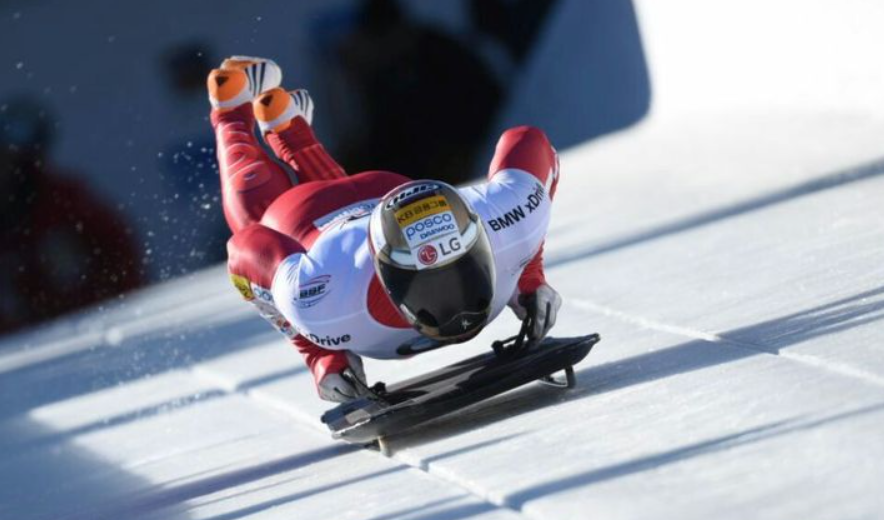Precision on Ice: Why Luge and Skeleton Attract Sharp Bettors During the Winter Games
Speed isn’t the only thing that matters on ice sometimes it’s about the micromovements. The slightest shift in body weight, a blink of hesitation on a curve, a blade’s fraction of contact with the track. In sports like luge and skeleton, fractions of seconds aren’t small details they’re everything.
While these events might not capture the global headlines like skiing or figure skating, they’re gaining quiet attention from a different kind of Winter Games follower: the sharp bettor.
To the untrained eye, luge and skeleton look like chaos at 130+ km/h. But to someone who’s done the homework, they offer one of the most pure, data-driven betting experiences in all of winter sports.
Why These Ice Tracks Appeal to Data-Minded Bettors
There’s a reason these events attract attention from bettors who usually focus on racing sports, snooker, or even e-sports: they reward preparation and punishingly expose emotion-based picks. There are no last-minute plays, no comeback miracles. Just clock, ice, gravity and human control.
What makes luge and skeleton unique betting opportunities:
- Time-based events: Measurable, objective, and consistent — no referees, no judging panels.
- Small athlete pools: Makes form easier to track and matchups more predictable.
- Track familiarity matters: Athletes who’ve trained on a specific track hold real advantage.
- Margins are razor-thin: Meaning sharp bettors can exploit small inconsistencies in odds.
- Minimal market distortion: Public money rarely floods these markets, leaving cleaner value.
This is not a bet-and-pray kind of game. It’s the sports betting equivalent of taking a scalpel instead of a sledgehammer.
What Sets Winners Apart
In skeleton and luge, the competition doesn’t unfold on a chaotic field it happens along a clear, predetermined line. That doesn’t make it boring. It makes it beautifully precise.
The smallest advantage becomes massive. That’s why successful bettors in this space don’t just look at the world rankings they go deeper.

Factors That Matter for Betting Success:
- Split-time consistency across heats
- Past performance on specific tracks
- Weather and ice conditions (early runs may get cleaner ice)
- Equipment (sled choice, runner type, waxing strategies)
- Athlete weight and aerodynamics (yes, really)
The deeper you dig, the more visible the differences become. That’s where the real edge lies — in what casual observers and oddsmakers may overlook.
Table: Comparison of Luge vs. Skeleton for Bettors
| Factor | Luge | Skeleton |
|---|---|---|
| Starting Position Impact | High — start is critical | Moderate — position + technique |
| Visibility in Markets | Moderate | Lower |
| Athlete Pool Size | Small (~30 per event) | Very Small (~20–25 per event) |
| Risk of Crash/DQ | Lower due to feet-first position | Slightly higher due to head-first |
| Edge for Sharp Bettors | Track record, reaction consistency | Start time + technical adjustments |
Why Bettors Quietly Love These Events
Big public sports like hockey or alpine skiing suffer from noisy betting environments. Odds shift from public sentiment, media bias, or superstar inflation. In contrast, luge and skeleton operate in a near vacuum.
This means:
- Odds often stay inefficient longer
- Lines move less erratically
- Sharp data has more influence than name recognition
- Weather adjustments create sudden value if you’re watching closely
There’s something elegant about betting where precision matters more than popularity. It rewards calm analysis, not just hype.
Ice-Cold Focus, Ice-Clean Bets
Luge and skeleton may never become front-page winter sports. But for those who care about detail, control, and real odds value, they’ve quietly earned a place among the most rewarding markets for smart, disciplined bettors.
They don’t need the crowd’s roar or the camera’s flash. All they need is the next push at the top of the track, and the stopwatch that follows.
